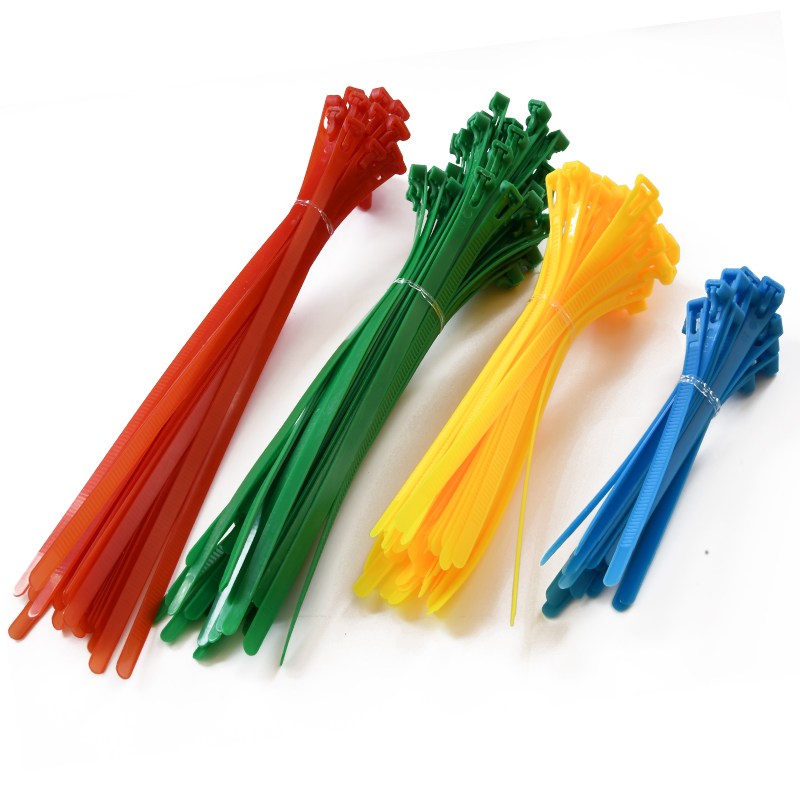Color-coding wires and cables is a common practice in many industries, including electrical, automotive, and IT. It helps to keep things organized and makes it easier to identify and troubleshoot issues. One way to achieve this is by using colored cable ties.

Pros of Colored Cable Ties
One of the main benefits of using colored cable ties is their versatility. They are available in a wide range of colors, including red, blue, green, yellow, and black, among others. This makes it easy to assign a specific color to a particular wire or cable based on its function, location, or other criteria. For example, you could use red cable ties to denote power cables, blue ones for data cables, and green ones for ground cables. This can help to avoid confusion and make it easier to identify which cable is which.
Another advantage of colored cable ties is their durability. Most cable ties are made of nylon or similar materials that are strong, lightweight, and resistant to UV rays and moisture. This means they can withstand harsh conditions and last for years without deteriorating. Colored cable ties are also easy to install and remove, thanks to their simple design and self-locking mechanism. They can be secured tightly around a bundle of cables and cut off with a pair of scissors or cable tie cutter when no longer needed.
Cons of Colored Cable Ties
While colored cable ties offer many benefits, they also have some drawbacks to consider. One potential downside is their cost. Compared to plain white or black cable ties, colored ones can be more expensive, especially if you need to purchase them in large quantities. This can add up quickly, particularly if you are working on a tight budget. However, if you weigh the benefits of using colored cable ties against the cost, the investment may be worth it in the long run.
Another possible issue with colored cable ties is their visibility. Depending on the environment and lighting conditions, it may be difficult to see the color of the cable tie, especially if it is located in a cramped or hard-to-reach area. This can make it challenging to identify the cable at a glance and may require you to use a flashlight or other tool to get a better view. Additionally, some colors may be more difficult to differentiate than others, especially if they are similar in hue or saturation.
Conclusion
In summary, colored cable ties can be a great option for color-coding wires and cables, as they offer many benefits, such as versatility, durability, and ease of use. However, they also have some potential drawbacks, including cost and visibility issues. Ultimately, the decision to use colored cable ties will depend on your specific needs and preferences. If you need to organize a large number of cables in a complex system, colored cable ties can help to simplify the task and save you time and effort. However, if you only need to label a few cables or work in an environment where visibility is limited, plain cable ties may be a better option. Regardless of which type of cable tie you choose, make sure to use them correctly and safely to avoid any accidents or damage to your equipment.







